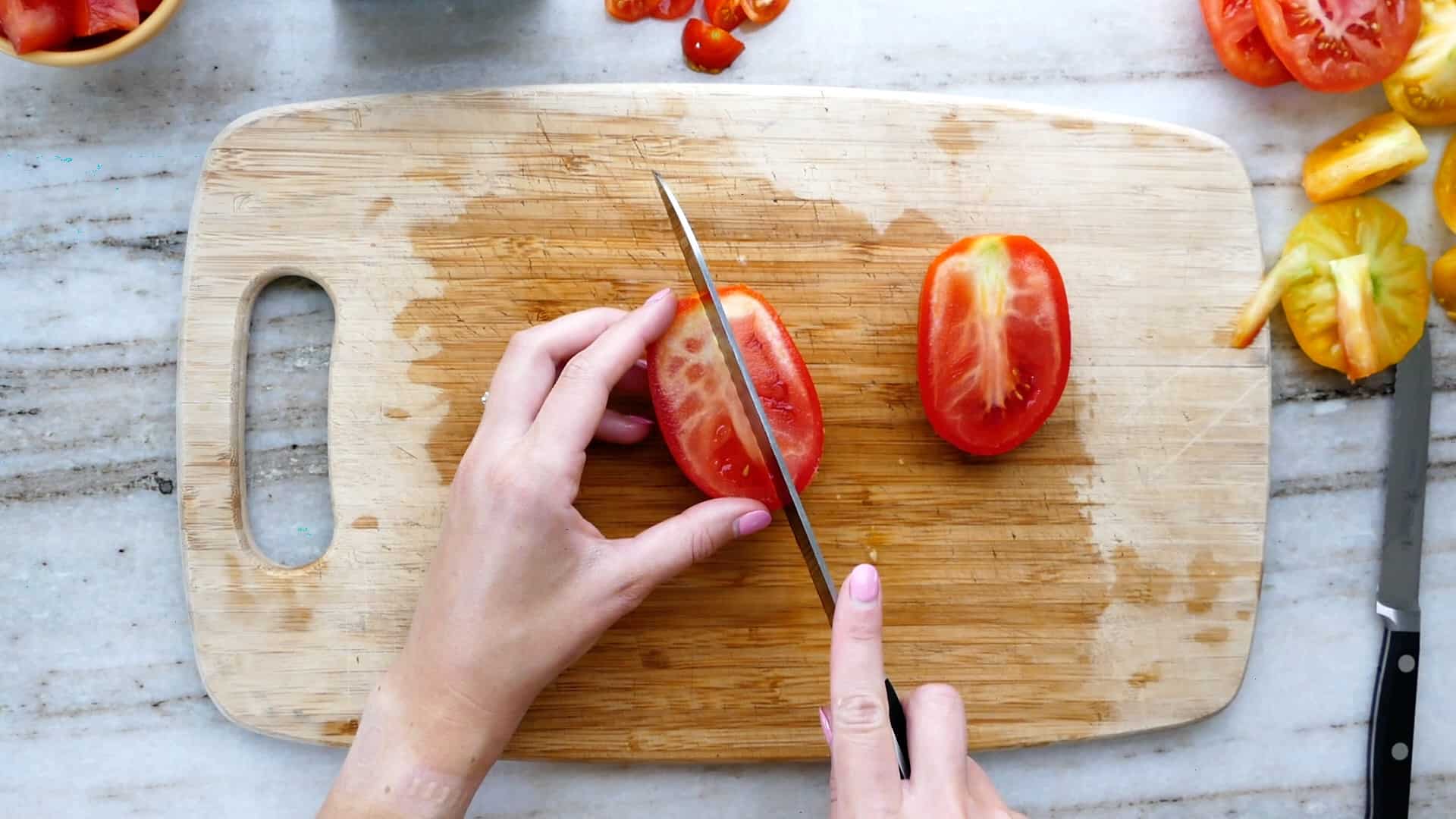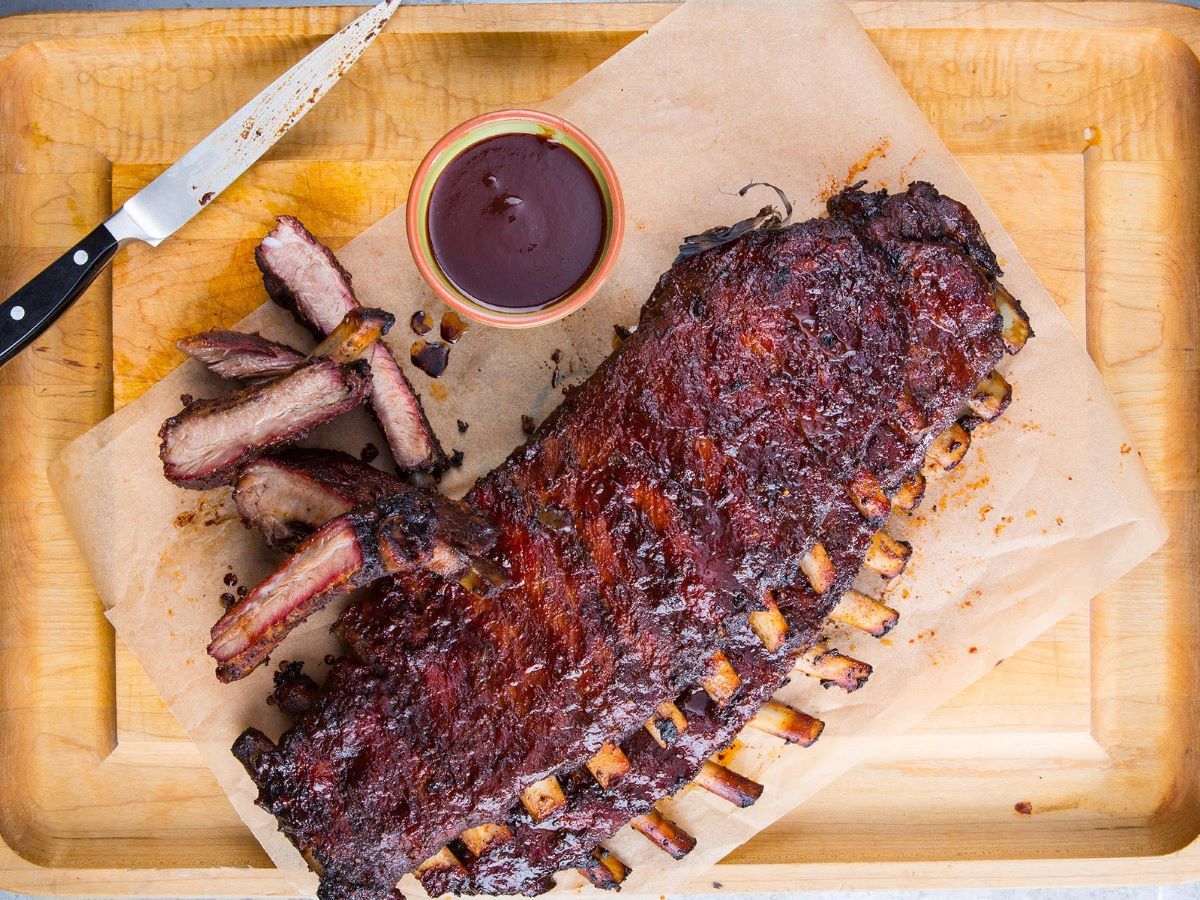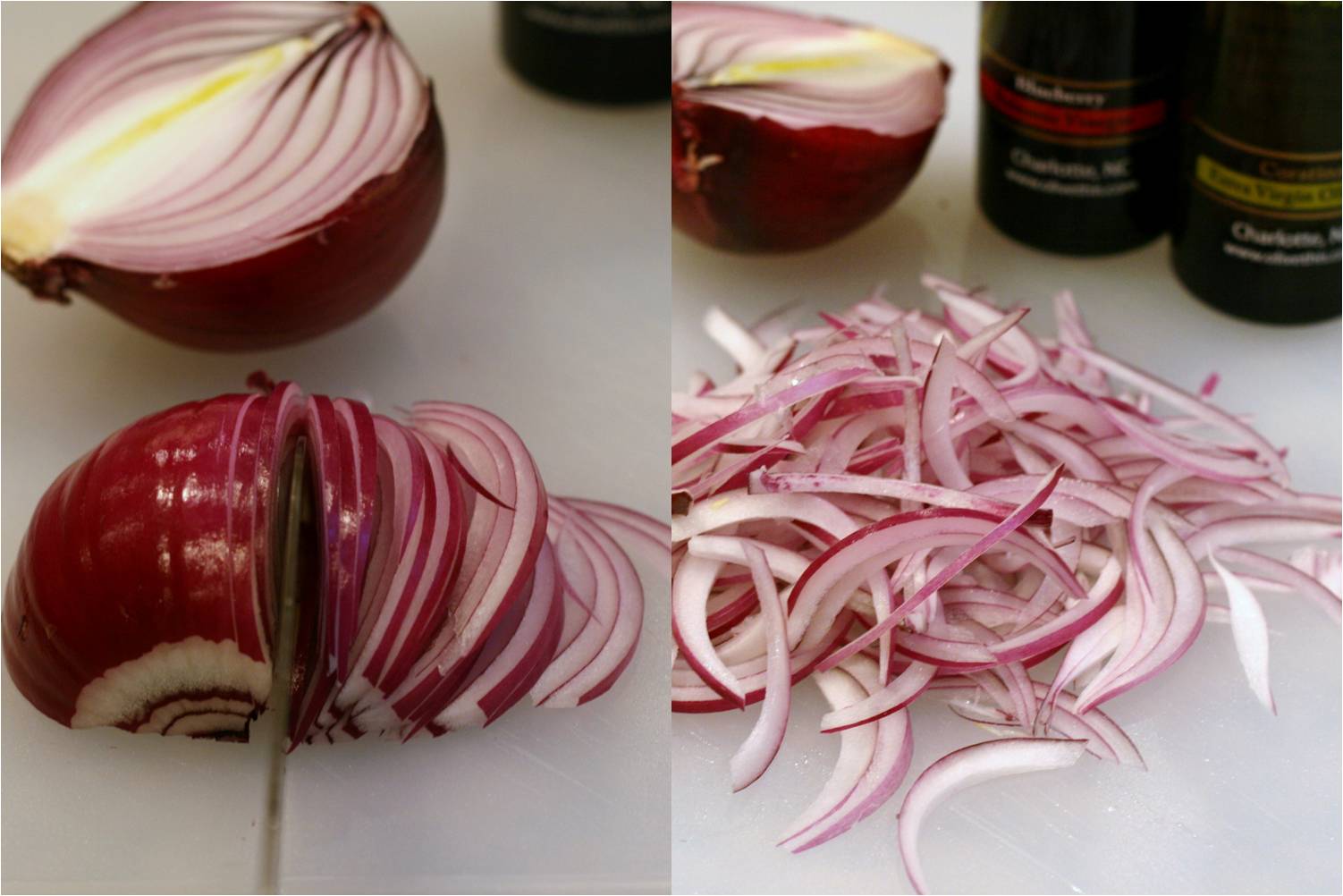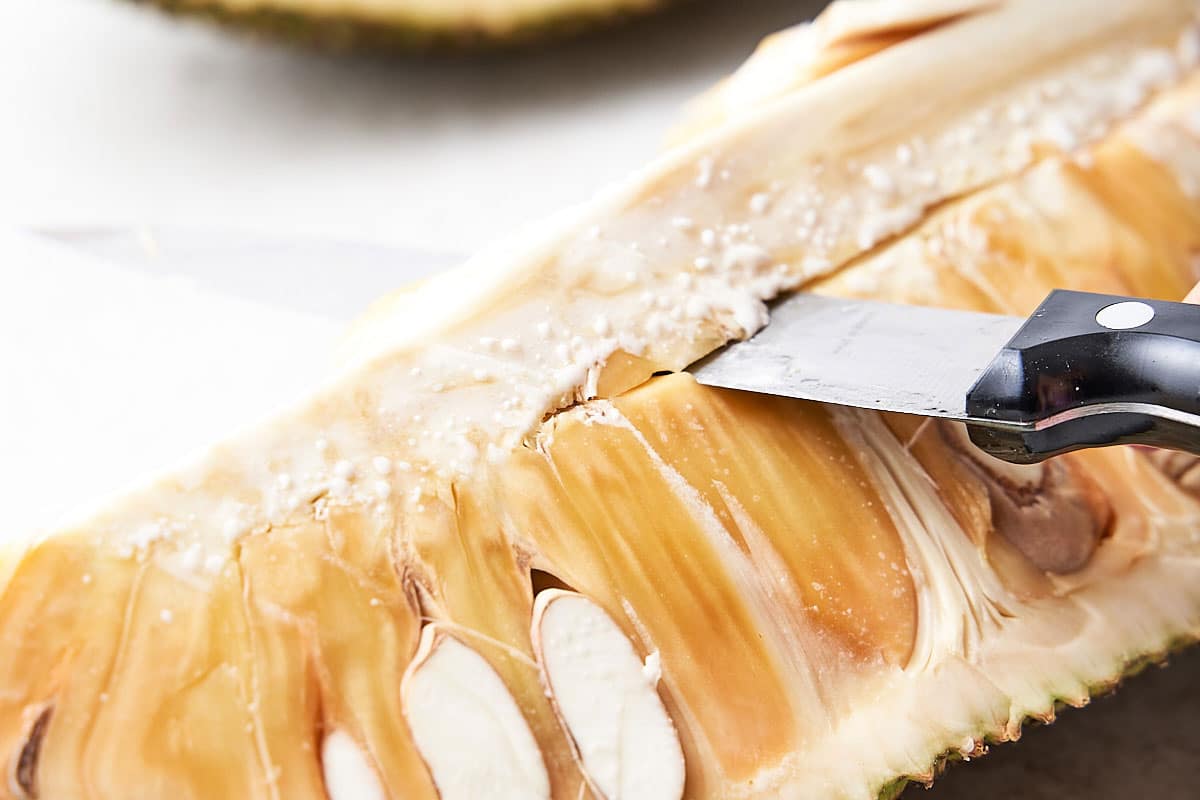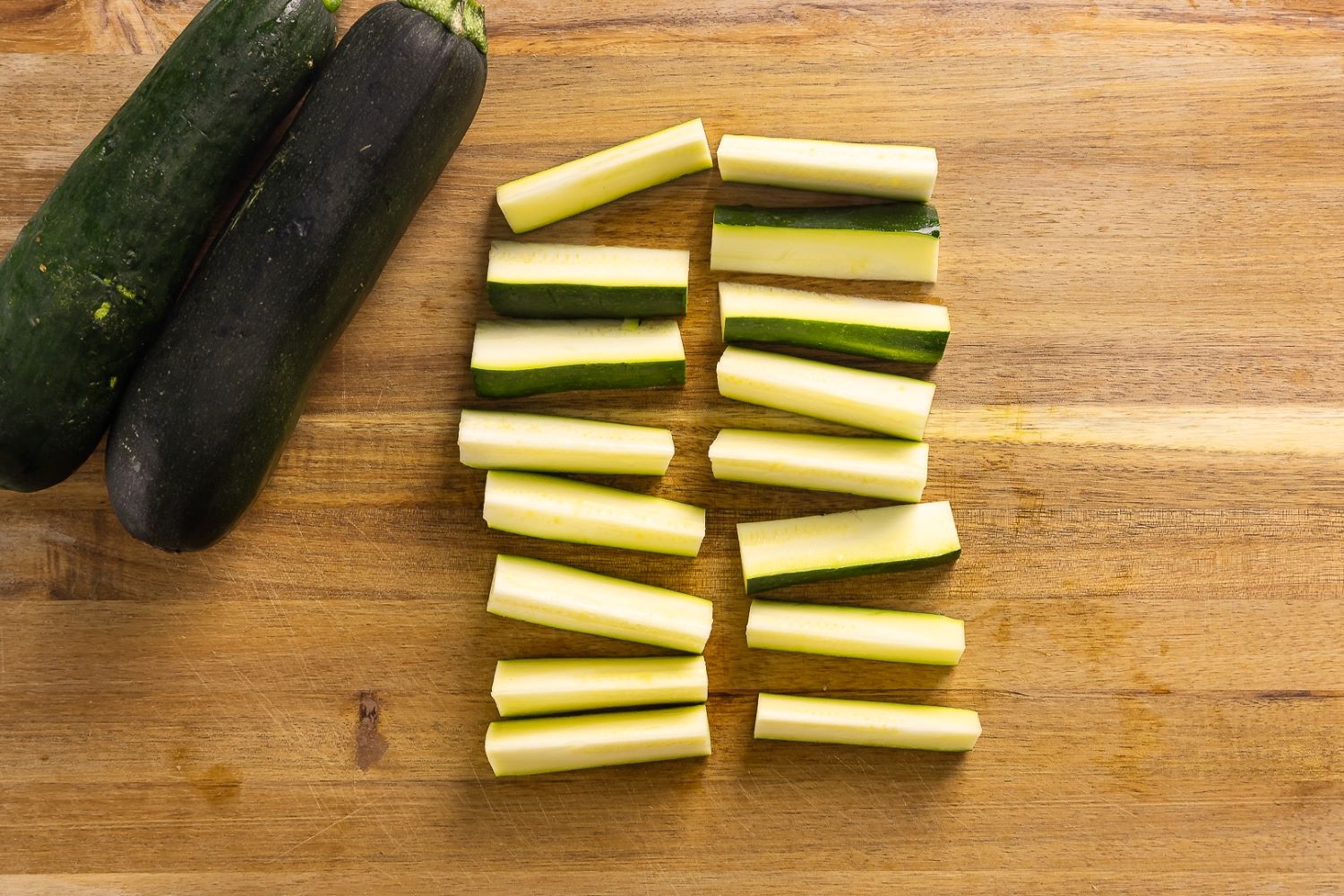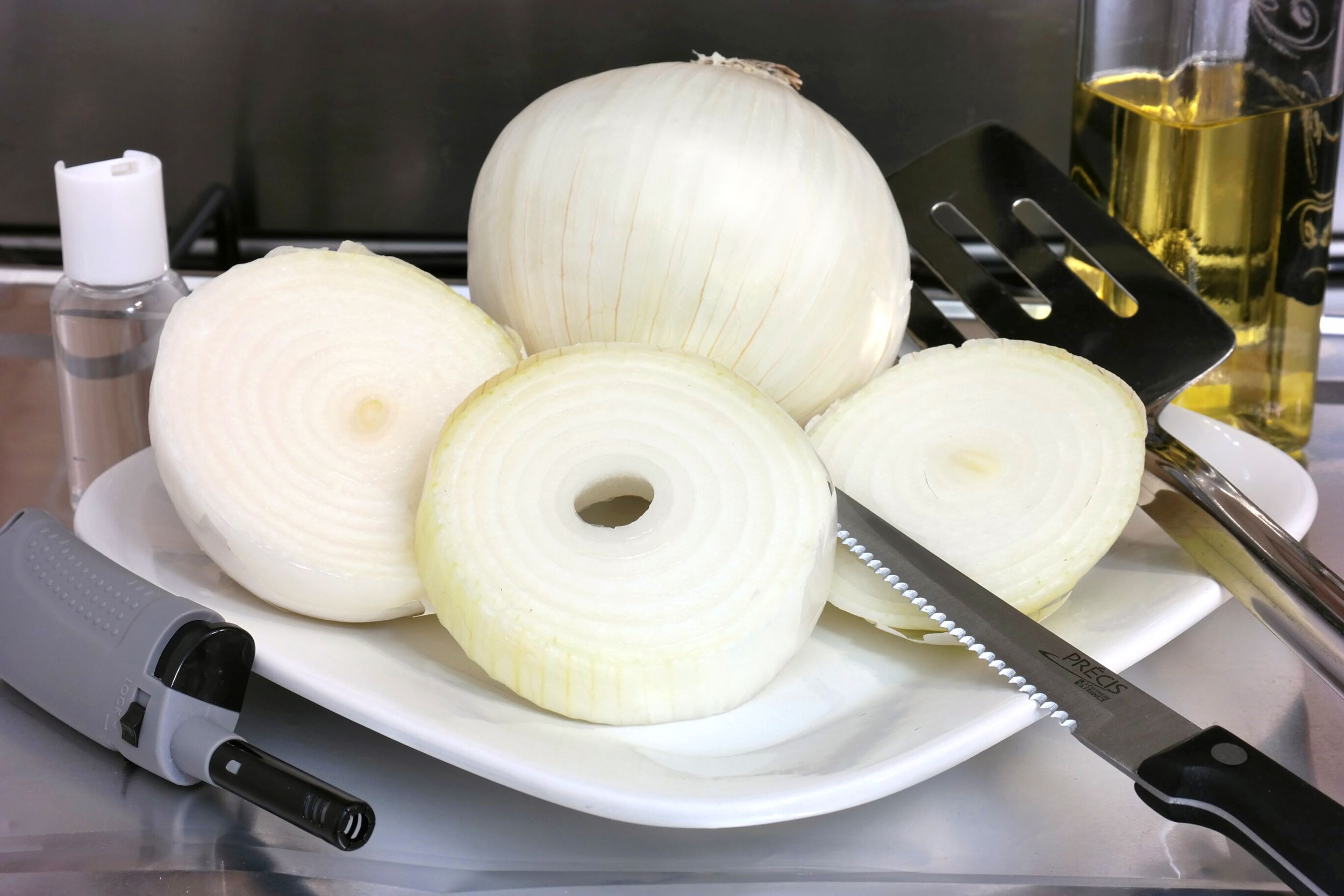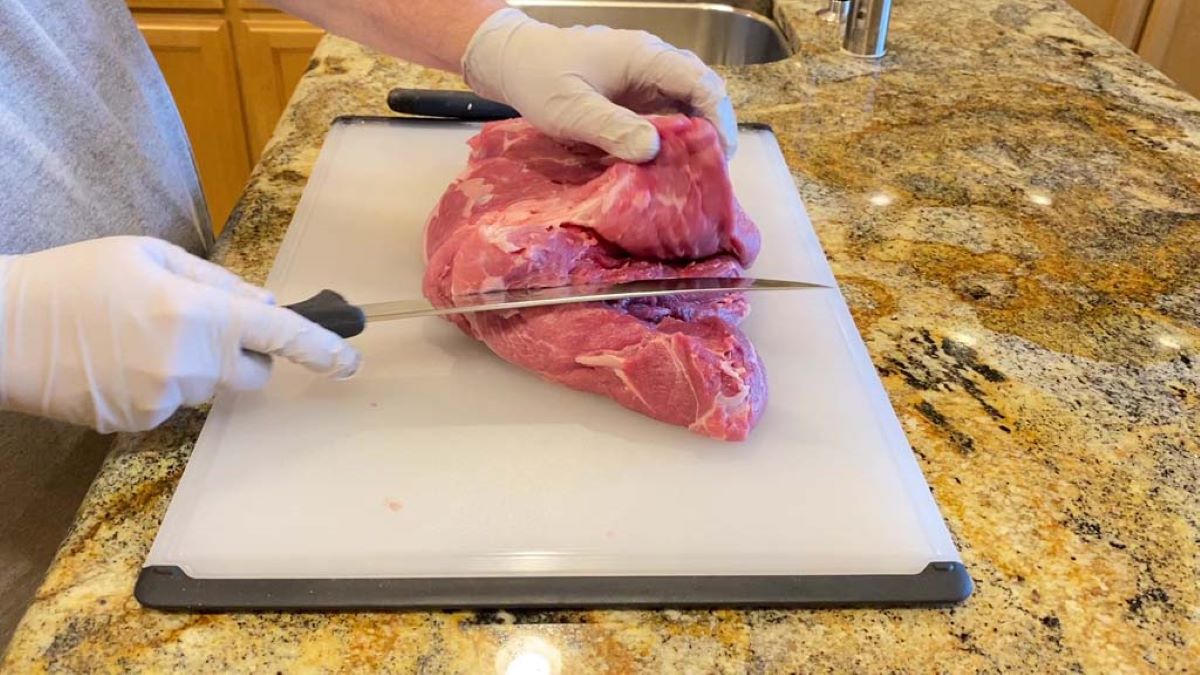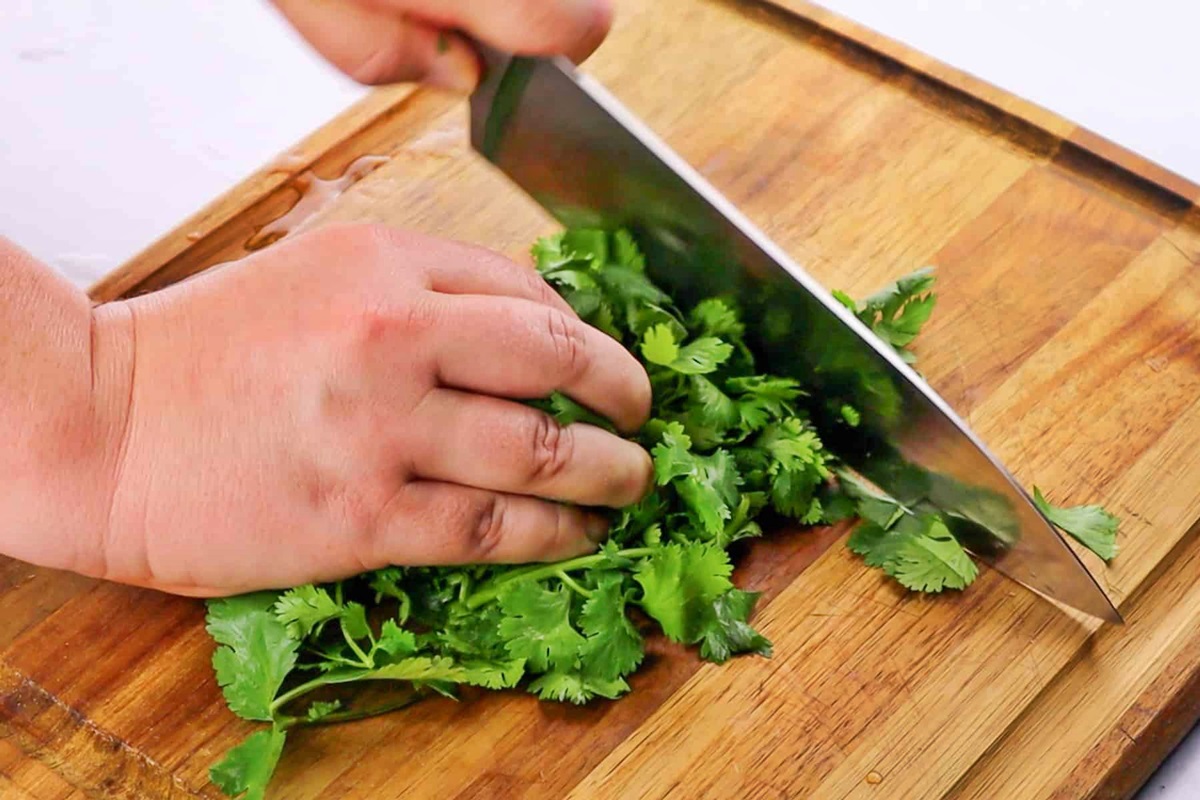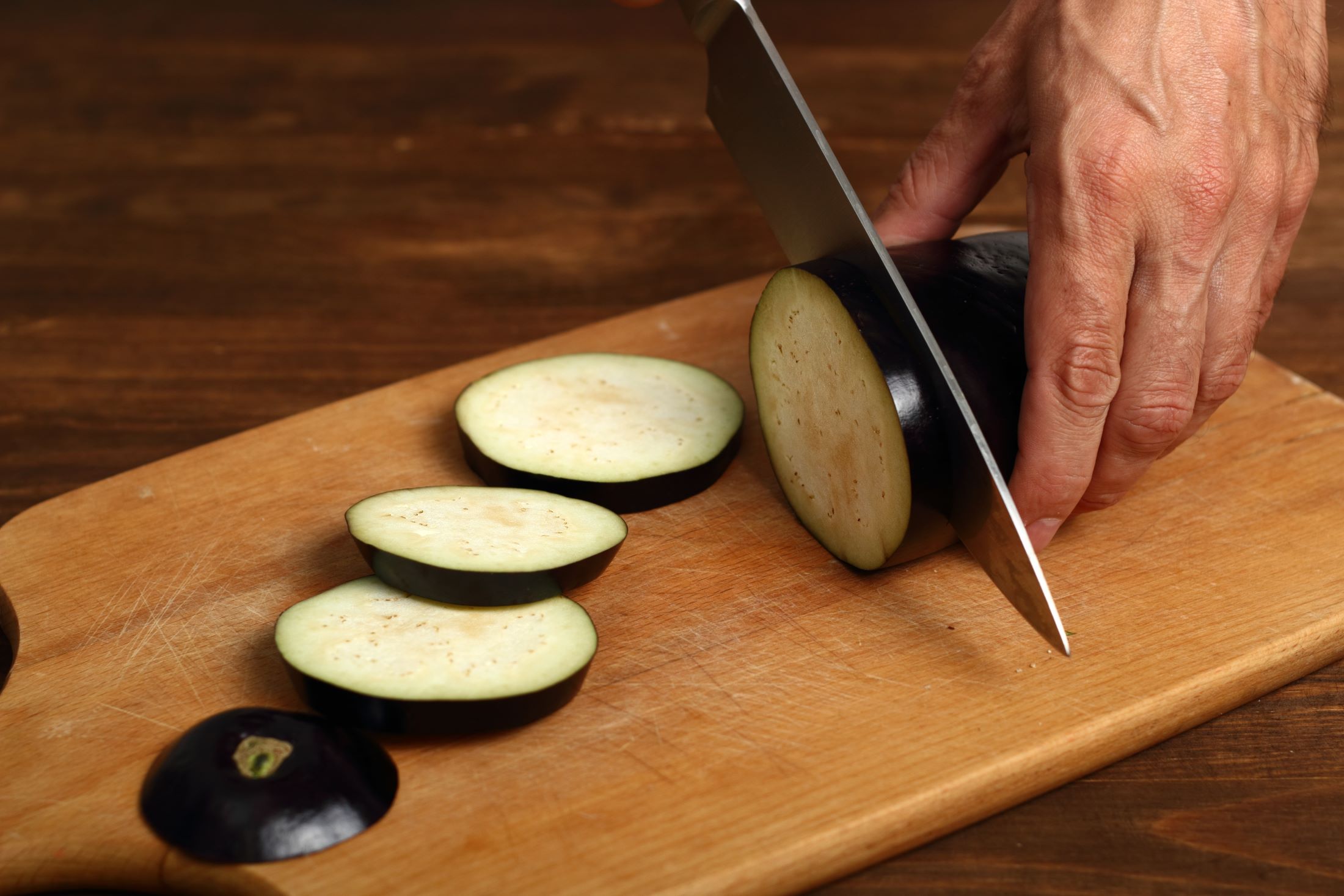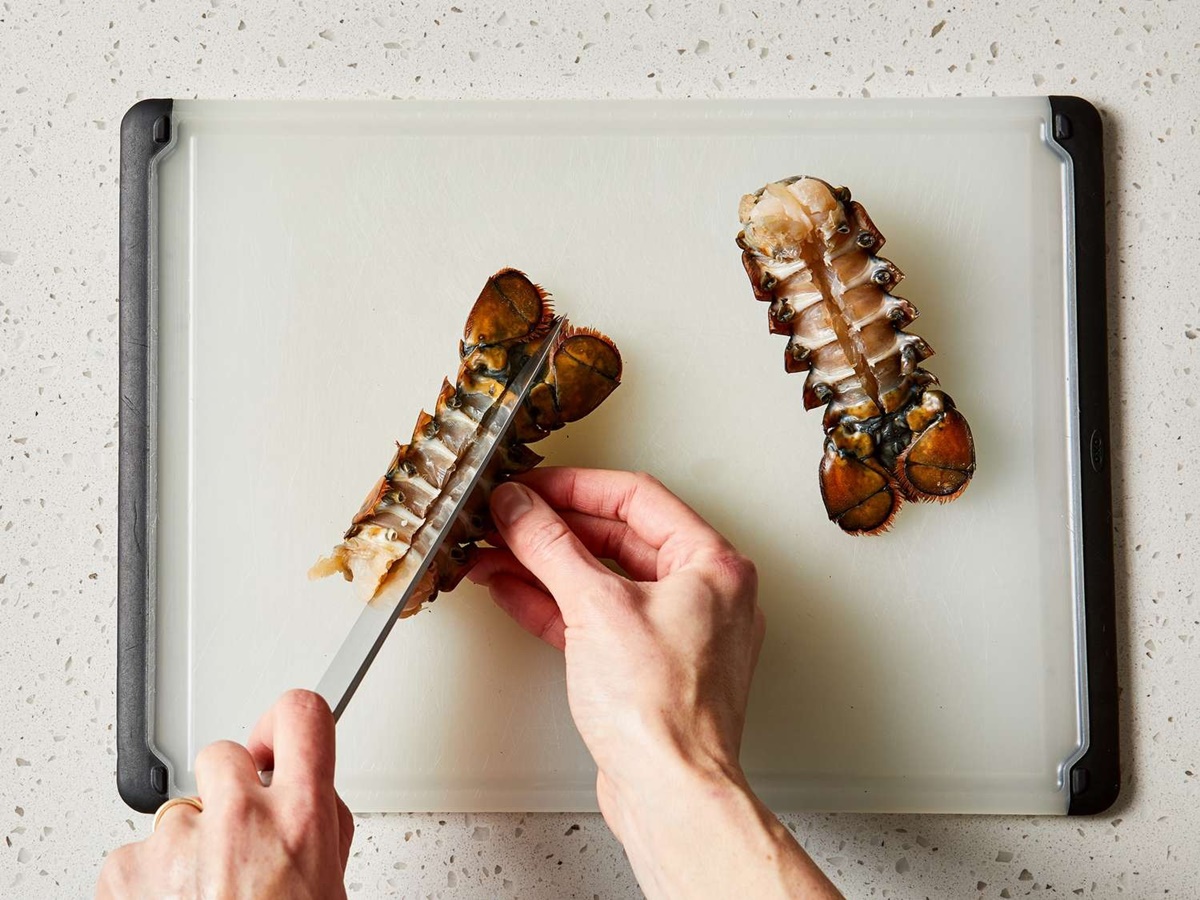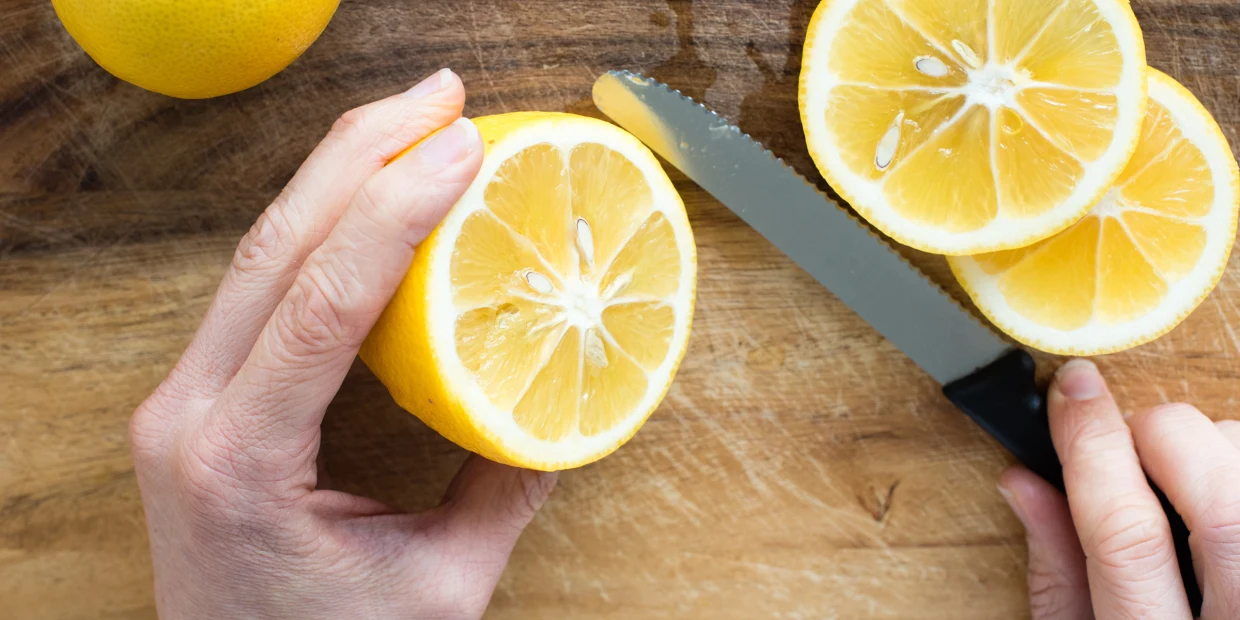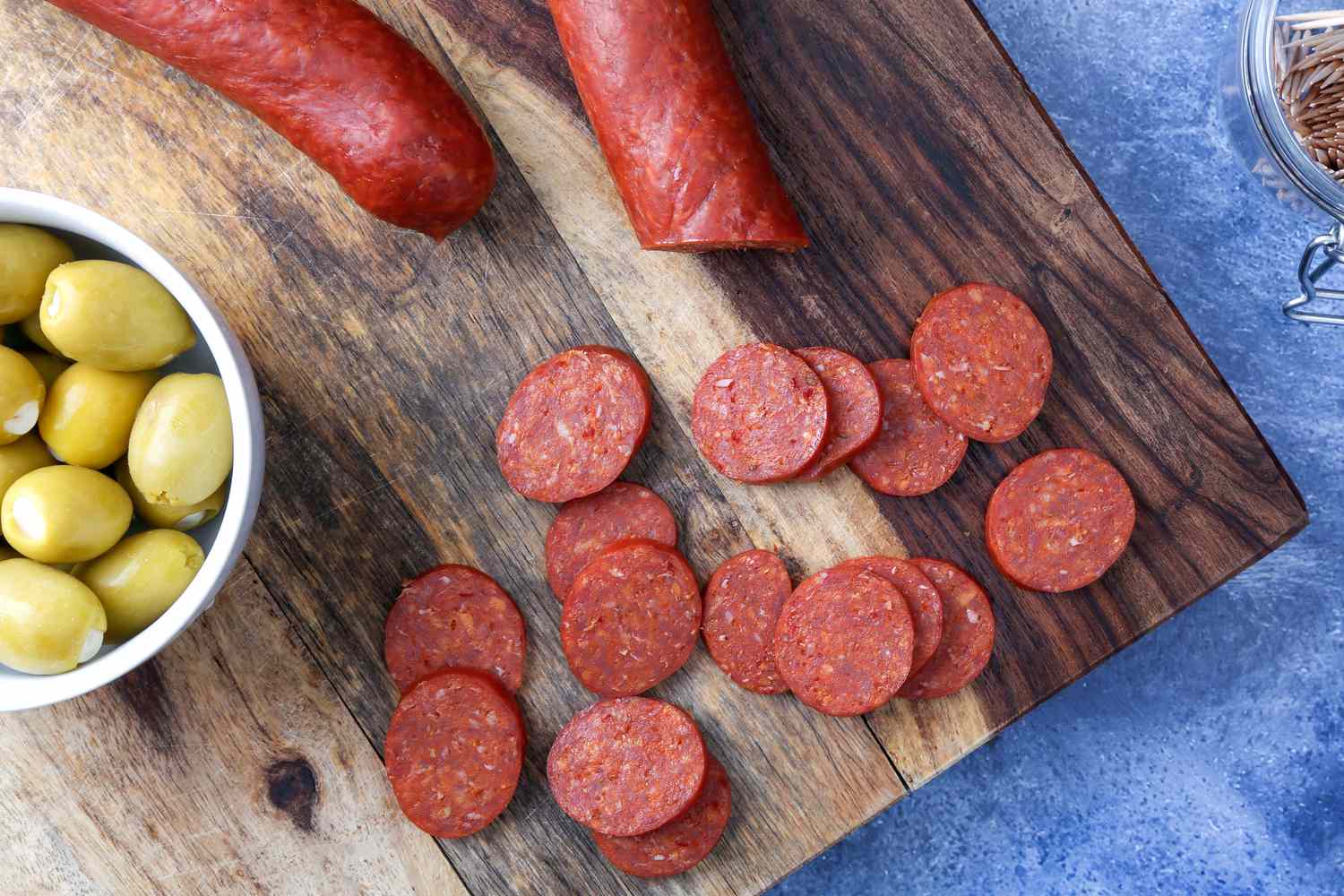Mastering the Art of Cutting Fresh Bread
There’s nothing quite like the aroma of freshly baked bread wafting through your kitchen. Whether you’ve just picked up a loaf from the bakery or baked it yourself, knowing how to properly cut fresh bread is essential to enjoying its full flavor and texture. Here are some expert tips to help you slice through your loaf like a pro:
1. Use a Sharp Serrated Knife
When it comes to cutting fresh bread, a sharp serrated knife is your best friend. The serrated edge allows for a clean cut without crushing the loaf. Look for a knife with a long blade to accommodate larger loaves, and make sure to keep it well sharpened for optimal results.
2. Start with a Firm Surface
Before you begin, ensure you have a stable cutting surface. A cutting board or a wooden bread cutting board is ideal as it will provide the necessary support and control. Avoid cutting directly on your countertops, as it can damage the surface and make it more challenging to maintain a steady grip on the bread.
3. Let the Bread Cool
Patience is key when it comes to cutting fresh bread. Allow the loaf to cool completely before attempting to slice it. Cutting warm bread can result in squished or crumbly slices, making it harder to achieve even slices.
4. Choose Your Technique
There are different cutting techniques depending on the type of bread you have. Let’s explore a few:
a. For Round Loaves:
- Hold the loaf firmly on the cutting board.
- With a sawing motion, use the serrated knife to slice through the crust.
- Continue cutting all the way through until you reach the center.
b. For Baguettes or Long Loaves:
- Place the loaf diagonally on the cutting board.
- Hold the loaf steady with one hand and cut crosswise with the other hand.
- Make each slice with a quick, gentle sawing motion.
c. For Sandwich Bread:
- Place the loaf on the cutting board with the flat side down.
- Hold the loaf firmly and slice straight down using the serrated knife.
- Repeat until you’ve cut through the entire loaf.
5. Maintain Even Thickness
Consistency is key when it comes to cutting fresh bread. Aim for slices of equal thickness throughout the loaf to ensure even toasting and sandwich making. Take your time and pay attention to the angle and pressure you apply as you cut through the bread.
6. Use a Bread Knife Guide
If you’re looking for precision and consistent slices, consider investing in a bread knife guide. These guides are designed to help you maintain an even thickness while cutting through the loaf. Simply adjust the guide to your desired thickness, and it will assist you in achieving professional-looking slices every time.
Now that you’ve mastered the art of cutting fresh bread, it’s time to savor the fruits of your labor. Enjoy your perfectly sliced bread in sandwiches, toast, or as an accompaniment to your favorite soups and stews. Happy slicing!
Was this page helpful?
Read Next: How To Cut Carrots For Grilling
